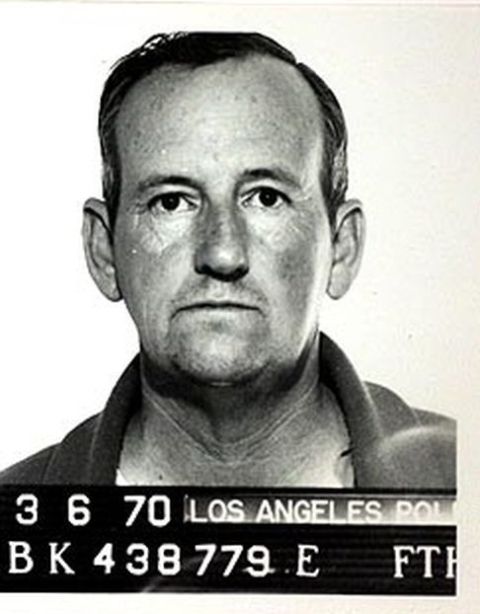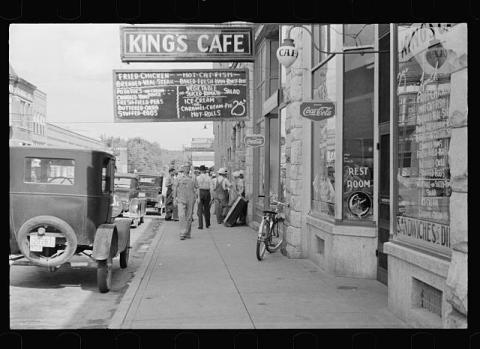10 Things Archaeologists Found In Arkansas That Are Amazing
Arkansas has a wealth of ancient history under its beautiful soil! People of all ages can study what the archaeologists are finding out at these locations across the Natural State; stories from thousands of years ago have been unearthed and put on display for the public to educate themselves about how our ancestors lived.
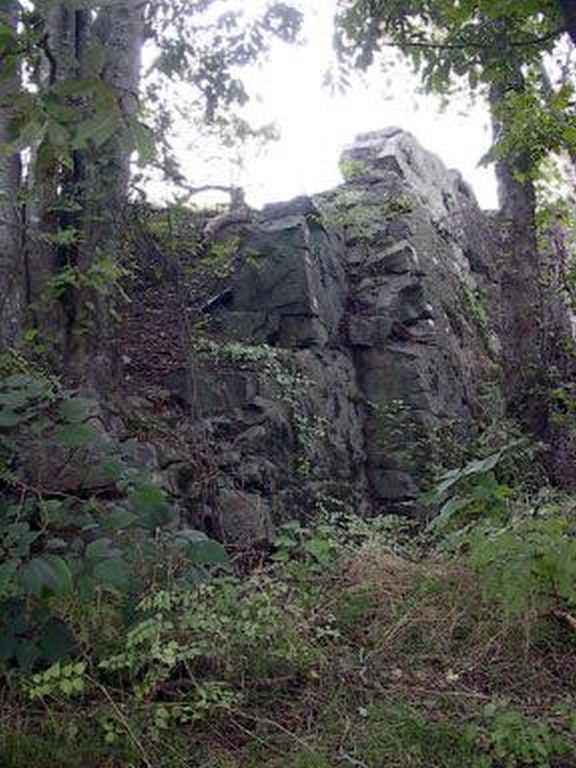
Natural Steps is located 18 miles northwest of Little Rock on AR Highway 300, along the southern bank of the Arkansas River. Most of the natural steps, a geologic formation, still stand today and are used as a marker for river runners. The Natural Steps are not open to the public for viewing. Fred O. Henker, M.D. wrote that the first inhabitants of the Natural Steps area were Native Americans, (Quawpaw) whose presence in the vicinity dates back possibly 10,000 years.
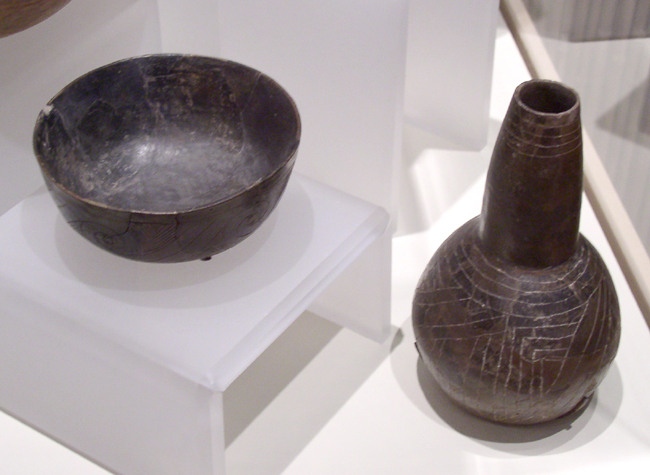
Boone's Mounds are a ceremonial site of the Coles Creek culture located in Calhoun County. The site, one of the largest mound sites in the Ouachita River valley and listed on the National Register of Historic Places, has yielded dates of occupation as early as 600 AD, and information found from archaeological excavation at the site shows it may still have been in use during the early contact period, c. 1700.
Advertisement
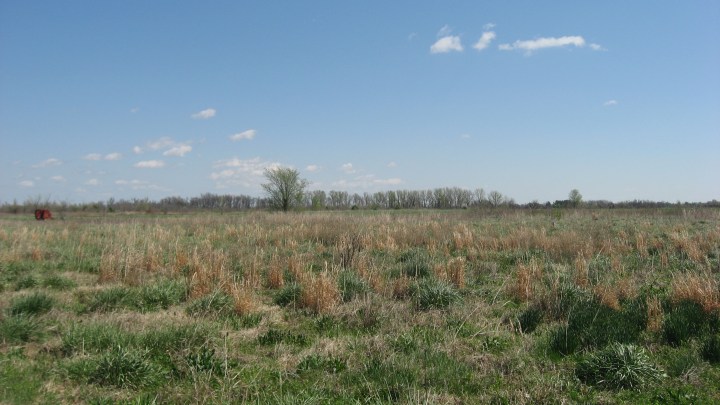
Archeologists are all over Arkansas studying history. Locations such as the Keller Site in Calion, the Hughes Mound Site in Benton, the Eaker Site near Blytheville, the Coy Site in Lonoke County, the Bluffton Mound Site in Yell County, and the Battle Mound Site in Lafayette County still have treasures to be unearthed and studied.
Advertisement
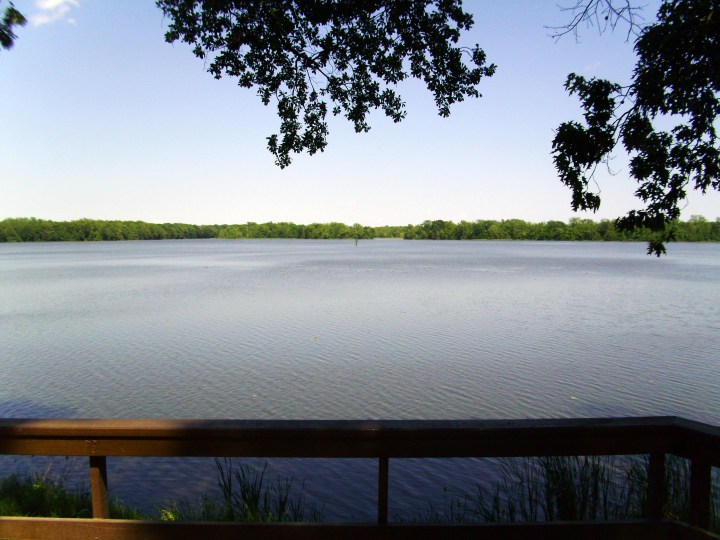
The Arkansas Post, both a National Memorial and a National Historic Landmark, was the first European settlement in the lower Mississippi River Valley and present-day Arkansas when Henri de Tonti established it in 1686 as a French trading post on the banks of the lower Arkansas River. The French and Spanish traded with the Quapaw for years, and the post was of strategic value to the French, Spanish, and Americans. During 1956 and 1957, Preston Holder conducted the first archeological excavations at the site. His team found remains of the eighteenth-century French colonial village within the area of the current memorial. Much of the archeological evidence was damaged due to erosion. In 1964 the National Park Service undertook some partial reconstruction of colonial remains on site, including the 1779 Fort San Carlos III built by the Spanish.

The public has been informed by archaeologists that over 10,000 years ago American Indians began coming to the top of Petit Jean Mountain. Not very much remains of their visits here, little other than their mysterious rock art. In Rock House Cave you can see these images. Some resemble deer, some resemble paddlefish; most have an indiscernible meaning to us these thousands of years later, but the ancient people who created these drawings definitely had a reason behind doing so.
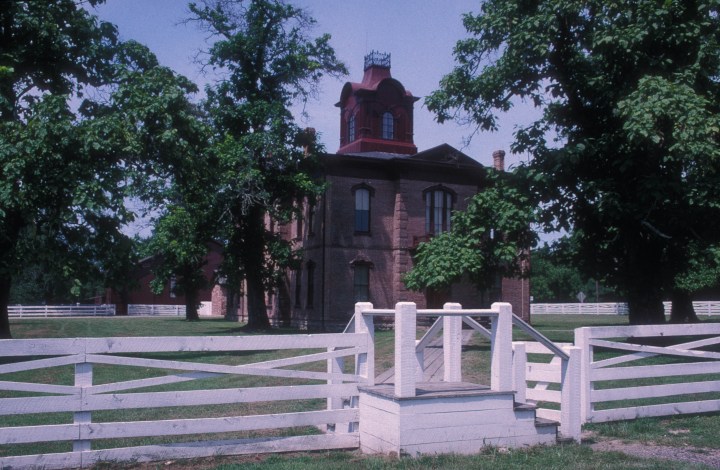
Ever since its establishment in 1824, Washington was an important stop on the rugged Southwest Trail to Texas. James Bowie, Sam Houston, and Davy Crockett all traveled through Washington at various times. James Black, a local blacksmith, is credited with creating the legendary Bowie Knife here. Washington served as the Confederate capitol of Arkansas from 1863-1865. Now Historic Washington is a restored town. Arkansas archeology conducted here has led to specific restoration designs and practices, especially in the restoration of the Sanders' home and outbuildings, and interpretation of the Abraham Block Home.

Located 20 minutes east of Little Rock, this National Historic Landmark site preserves Arkansas's tallest remaining prehistoric American Indian mounds. The Toltec Mounds, managed by Arkansas State Parks, are the remains of a large ceremonial complex that was inhabited here from A.D. 650 to 1050 and are rich with historical artifacts from ancestors of the American Indians. The Toltec site itself serves as a research station for the Arkansas Archaeological Survey. Tour the visitor center and see exhibits and audiovisual programs. Then, take a walking tour of the mound site.
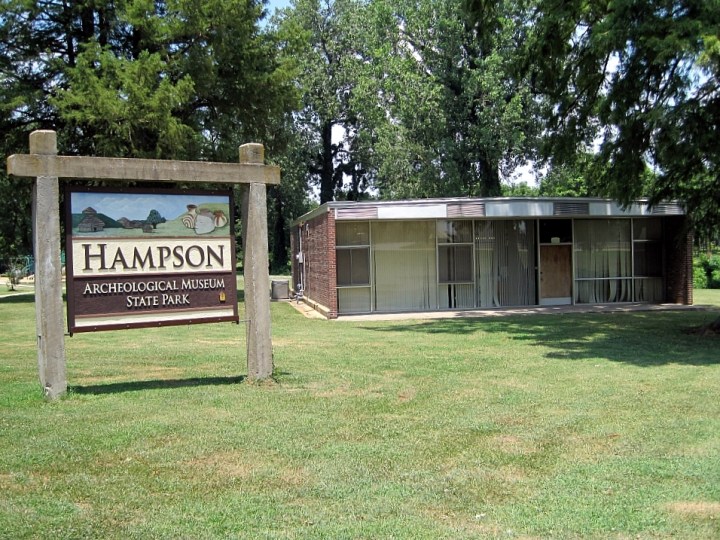
Located in Wilson, the Hampson Archeological Museum features an amazing look at the historical artifacts and decorative arts of the late Mississippian people from the Nodena Site that sits on the east Arkansas border. Notable pieces include a large collection of the famed "Nodena Red and White" pottery, Nodena type site points, and a variety of effigy vessels that includes a rare human head effigy, one of only three unearthed at 1,000-year old prehistoric American Indian village sites located in what is today Mississippi County.
Advertisement

Formerly known as Old Davidsonville, this location was established on the banks of the Black River in 1815. An important frontier town, Old Davidsonville housed the Arkansas Territory's first post office, courthouse, and land office. When bypassed by the Southwest Trail, stretching from St. Louis to Mexico, old Davidsonville was left virtually unoccupied by the 1830s. Because there has since been little disturbance, archeologists have recently uncovered the town three inches below ground. Rich with historical artifacts, archeological finds include corners of buildings, streets, and a volume of artifacts relating to Arkansas Native Americans, currently housed in the University of Arkansas.
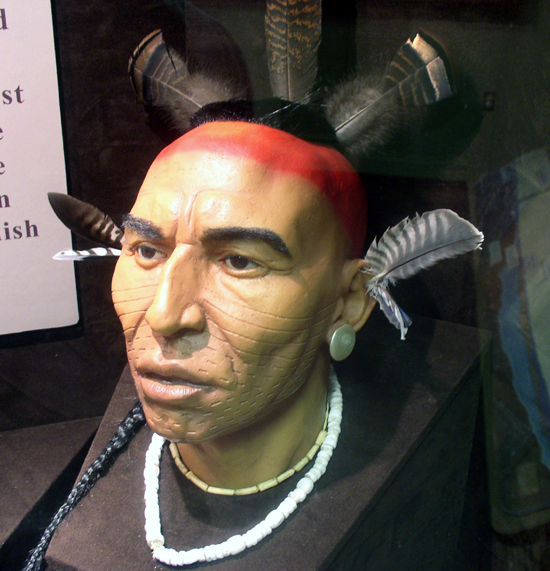
A large platform mound on the riverbank remains proof that a 17-acre, Mississippian Period Native American village thrived in Parkin from A.D. 1000 to 1550. Archaeologists continue their discoveries below ground at this National Historic Landmark. Many scholars believe the Parkin site is the Native American village of Casqui, visited by Hernando de Soto in 1541, and written about in his chronicles. At the state park, visitors can watch research on Arkansas archaeology in the lab. With exhibits, programs, site tours, and art, you can see firsthand the results of careful excavations and laboratory analysis.
Now that the kids are back in school these historic Arkansas sites would be great to visit as an educational family field trip! It’s a wonder how much our ancestors leftover tools and other everyday use items can tell us about where we came from.
OnlyInYourState may earn compensation through affiliate links in this article. As an Amazon Associate, we earn from qualifying purchases.



